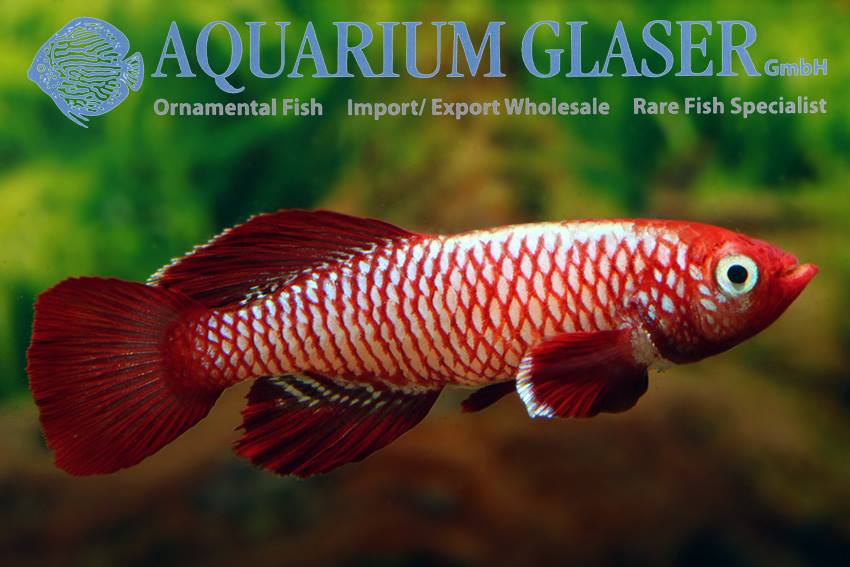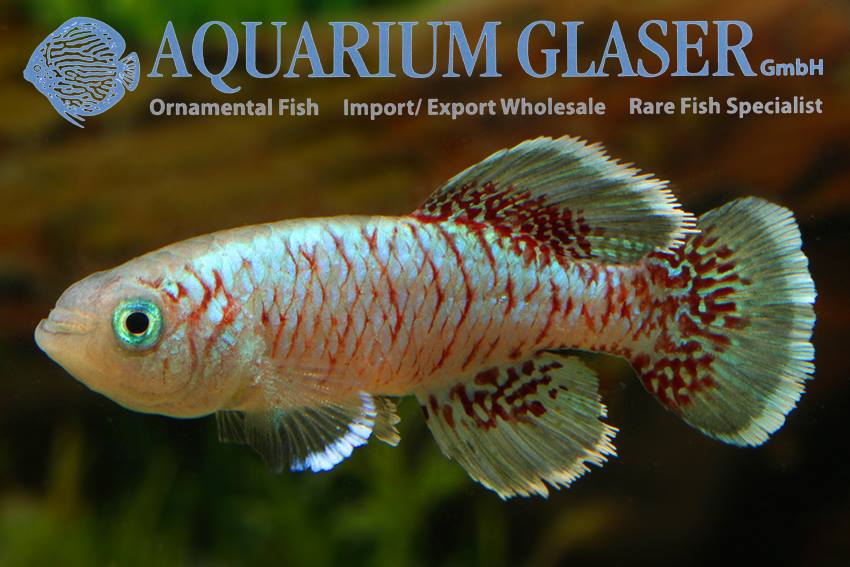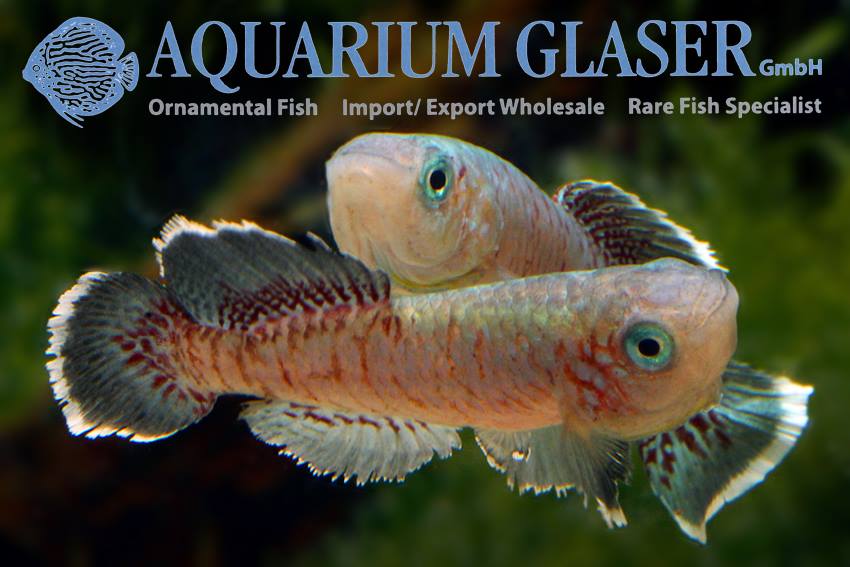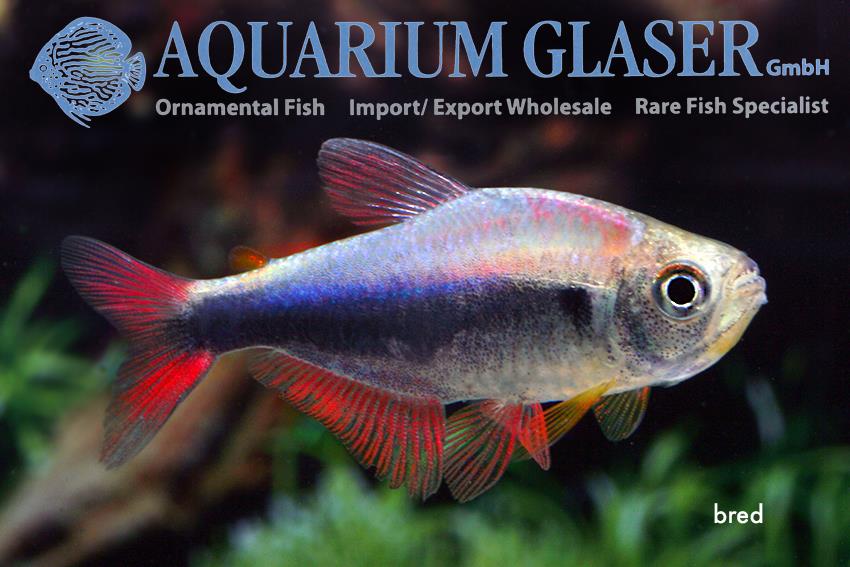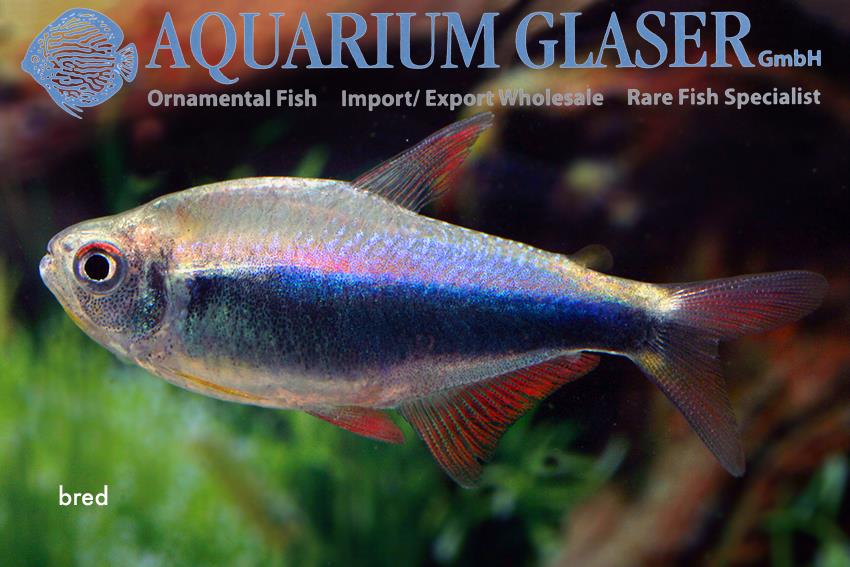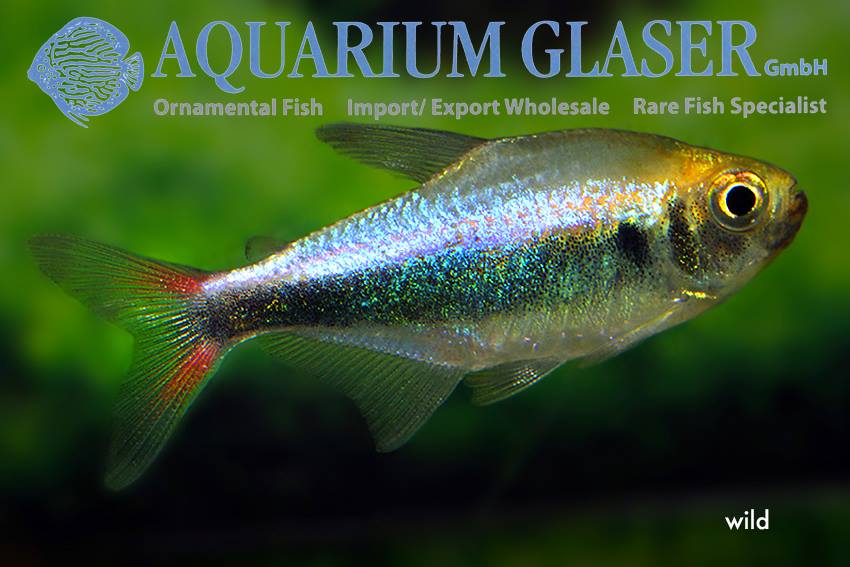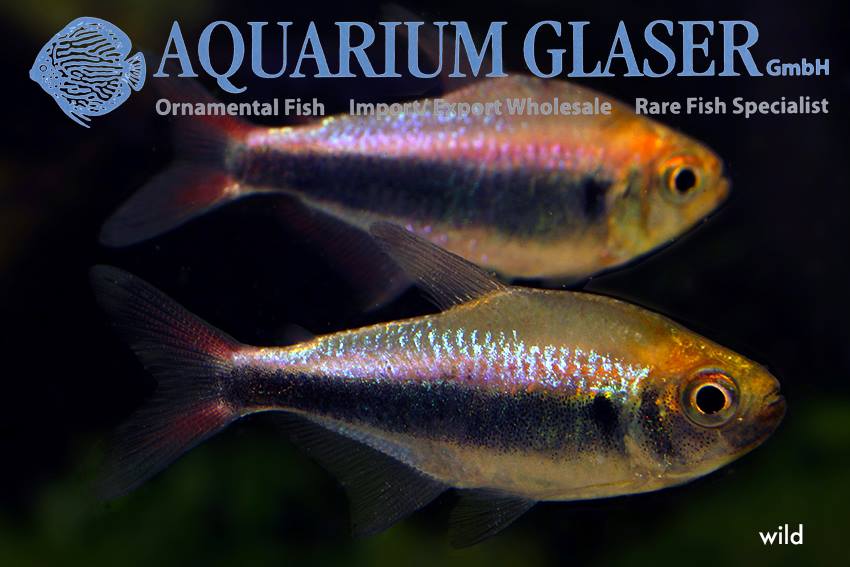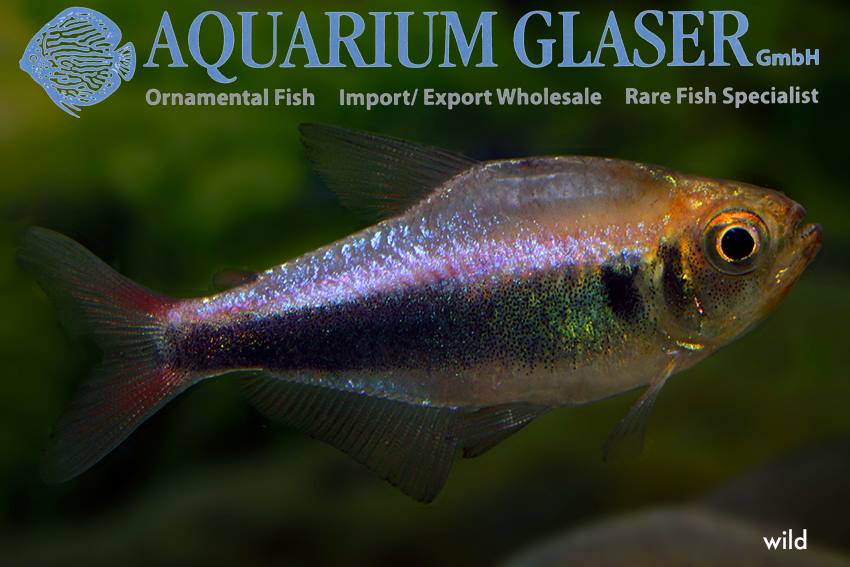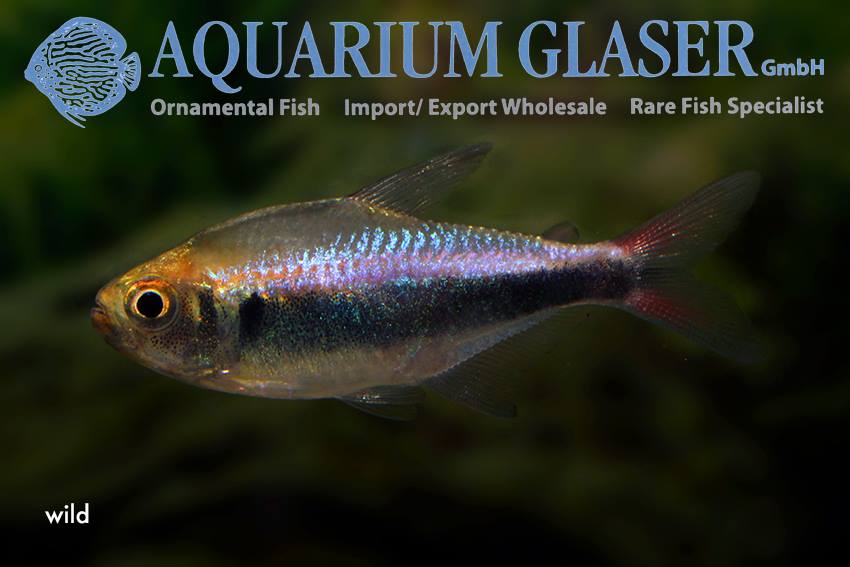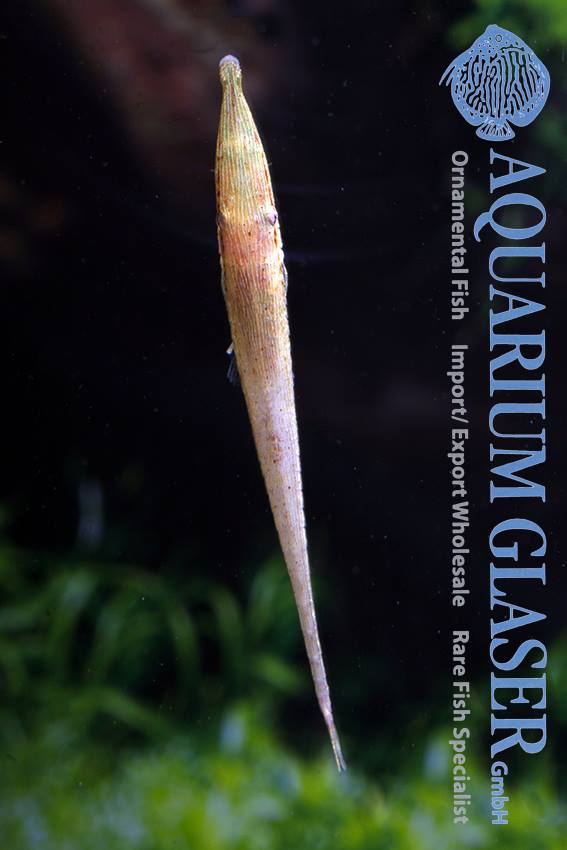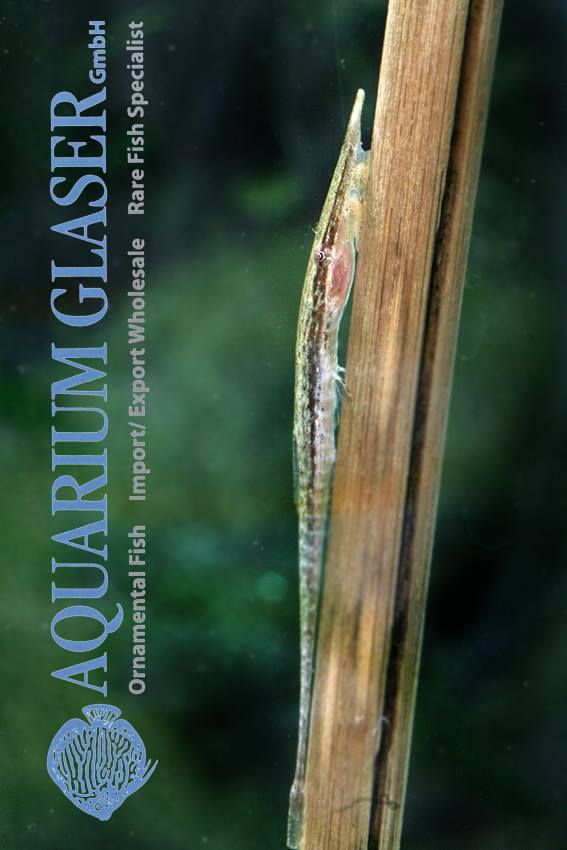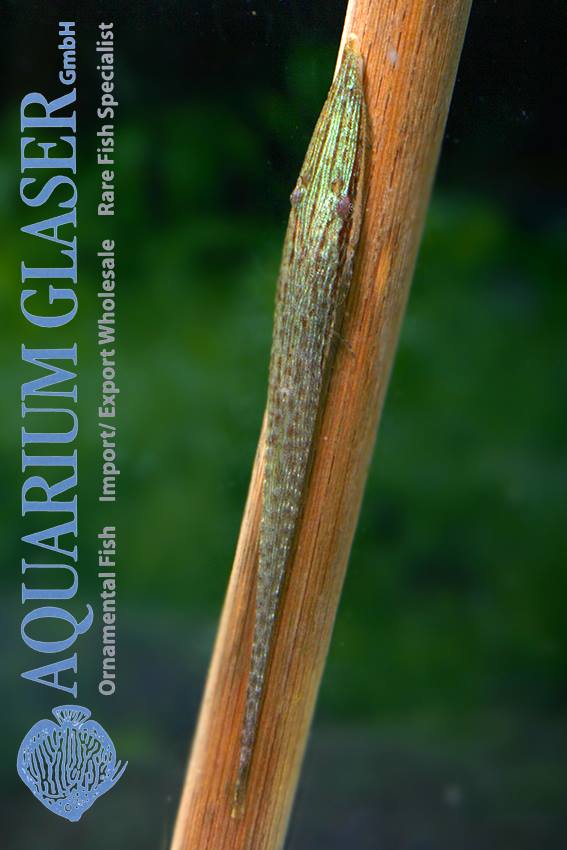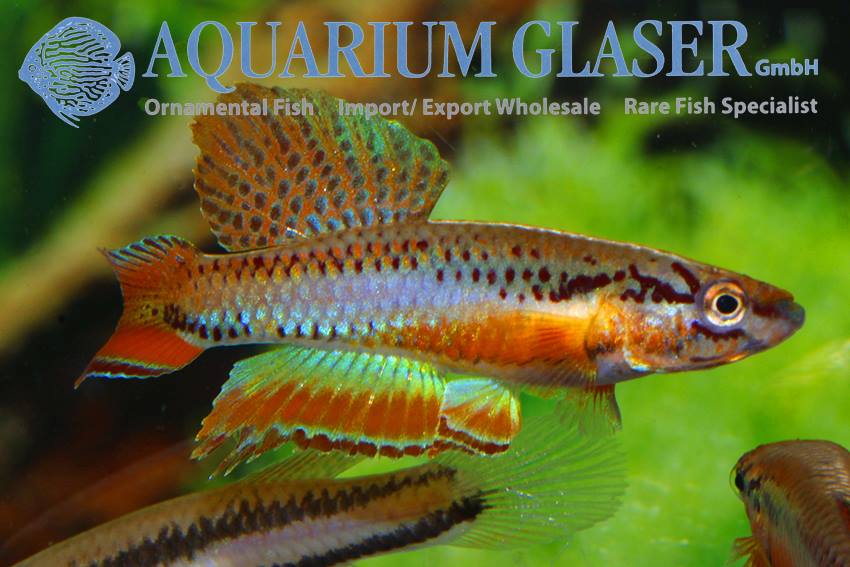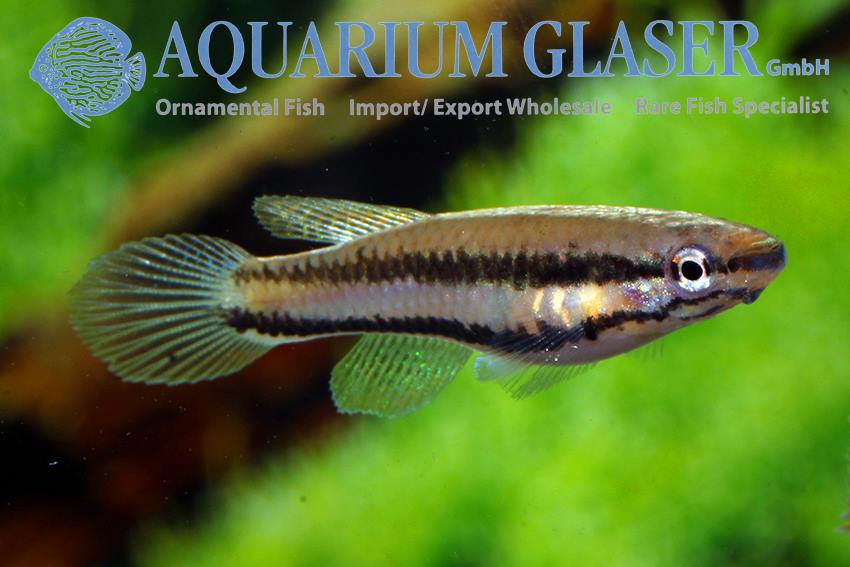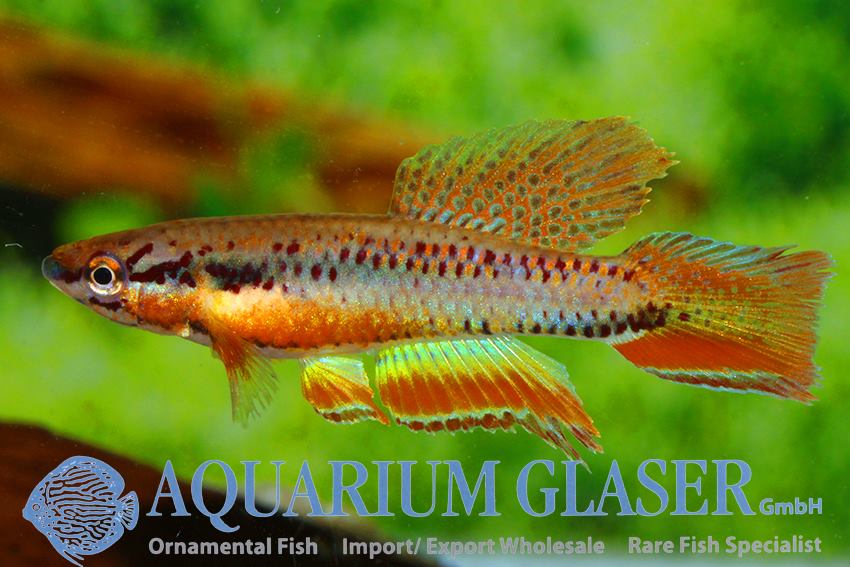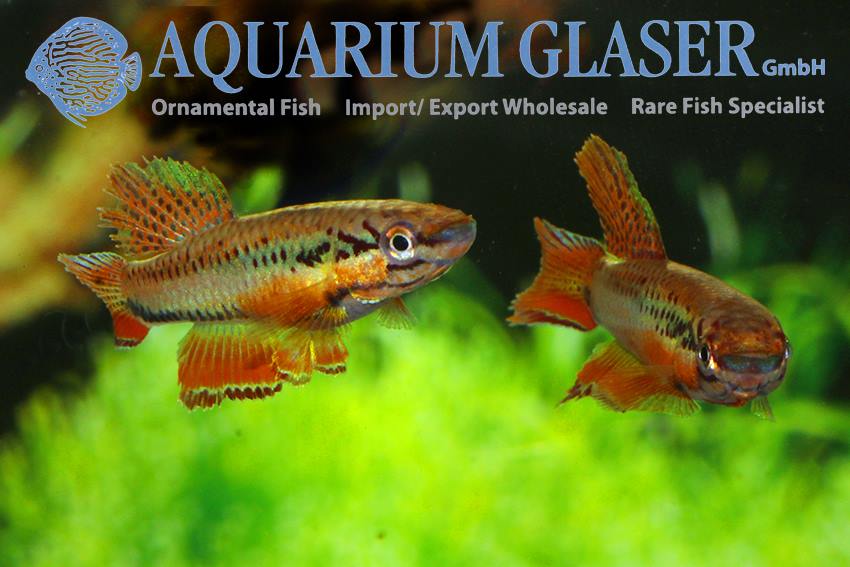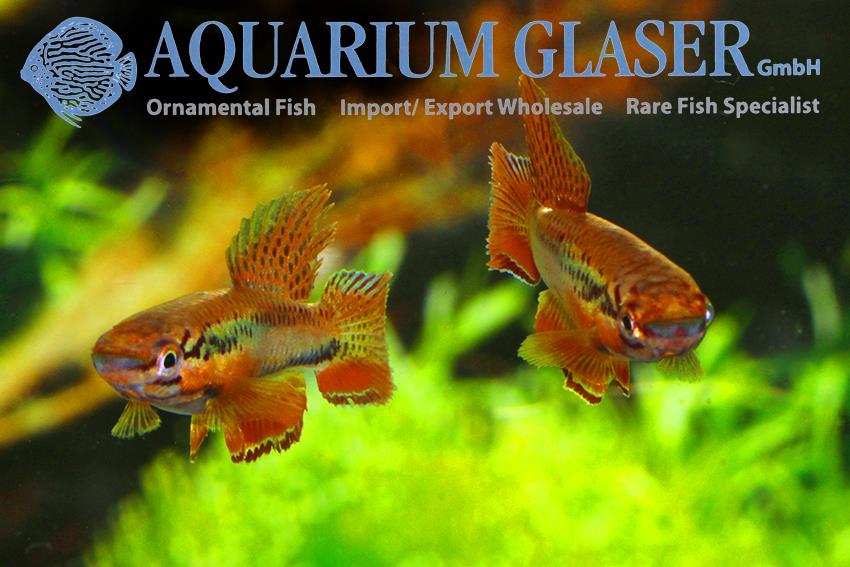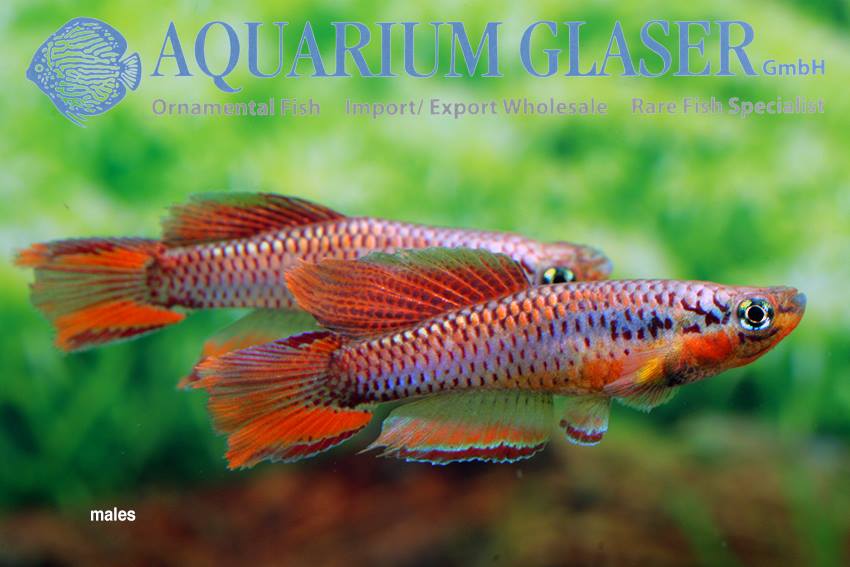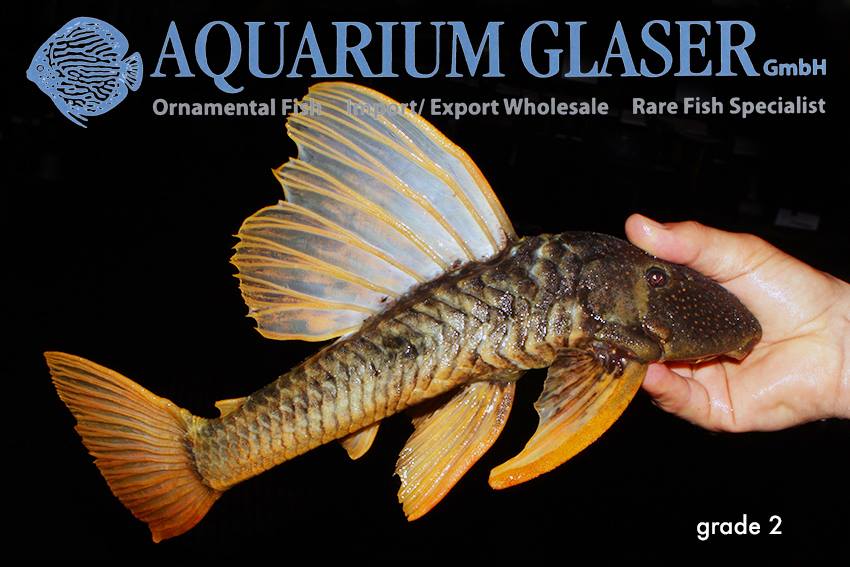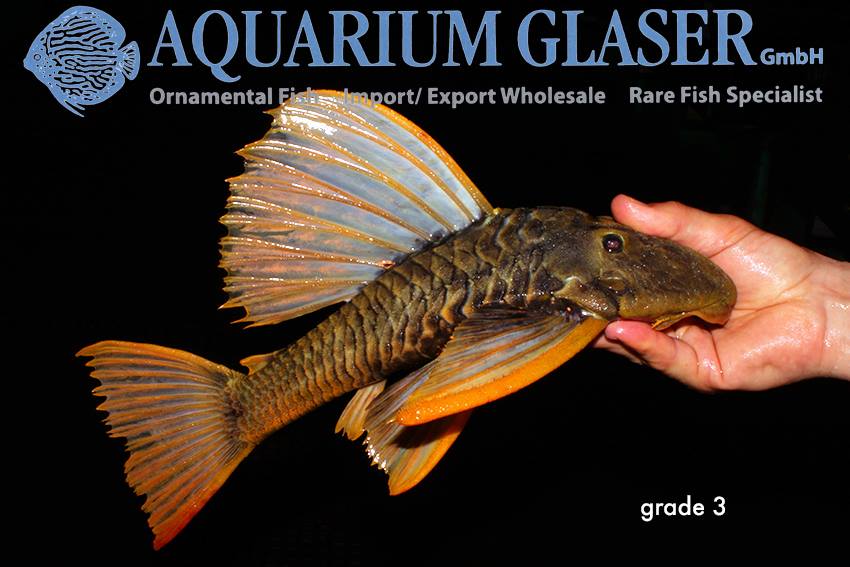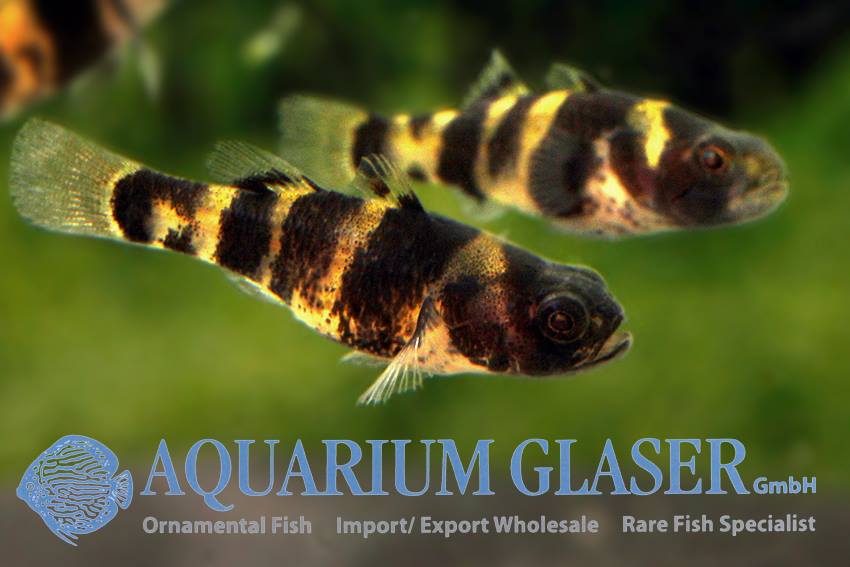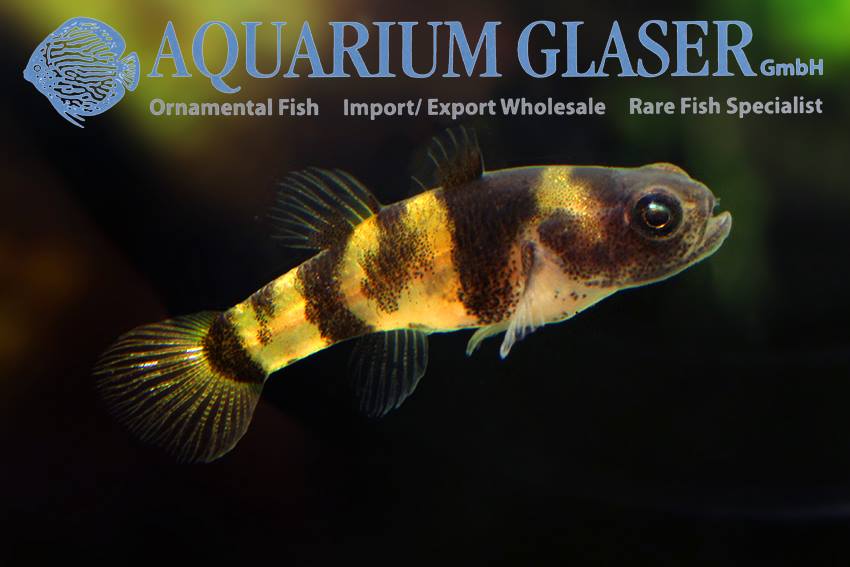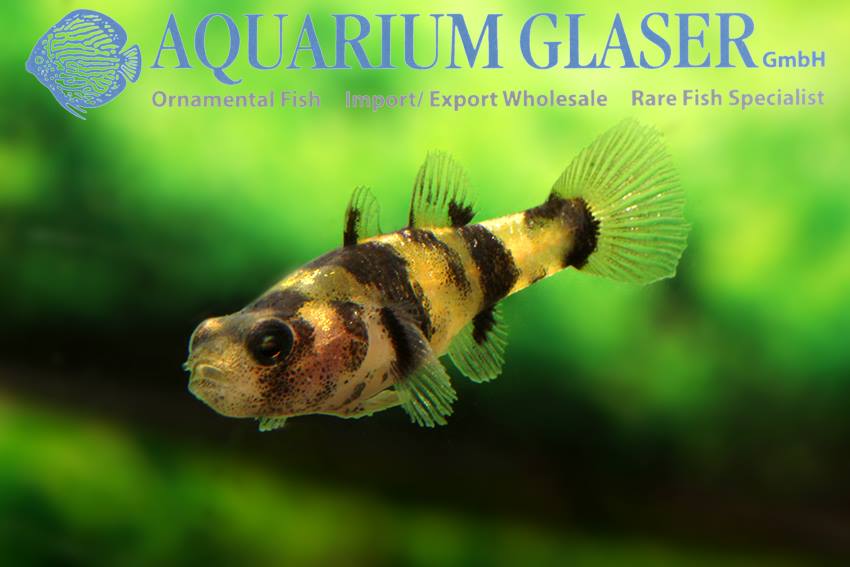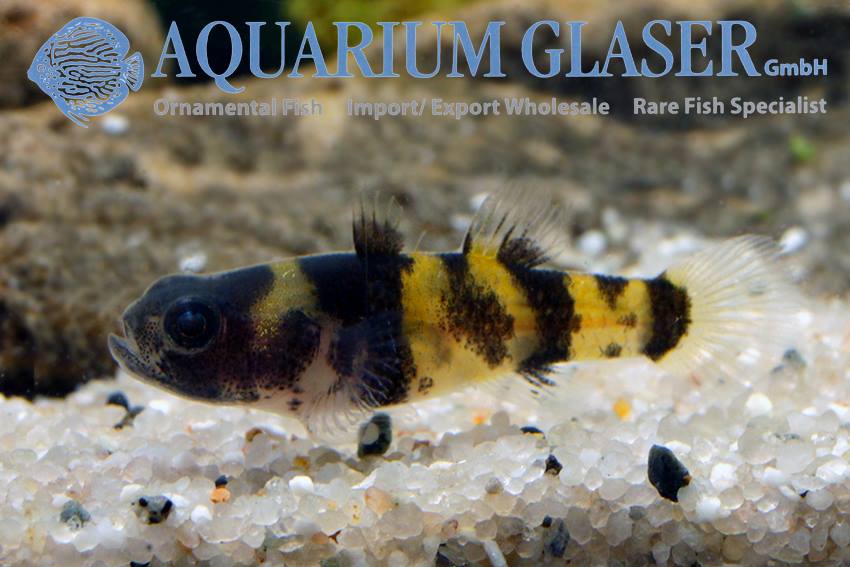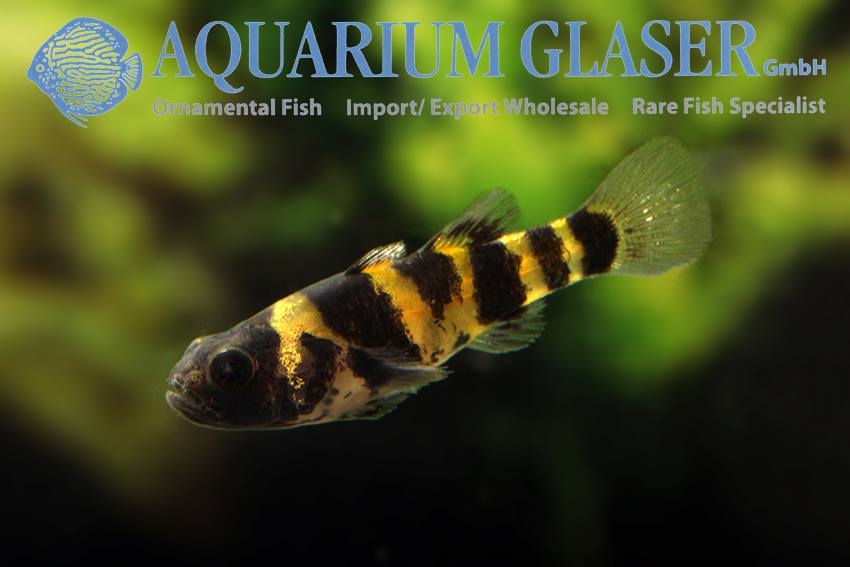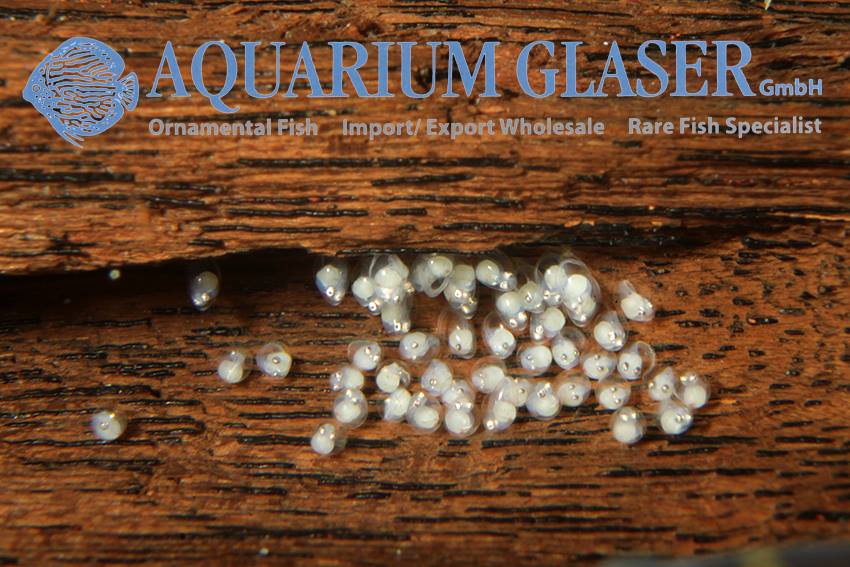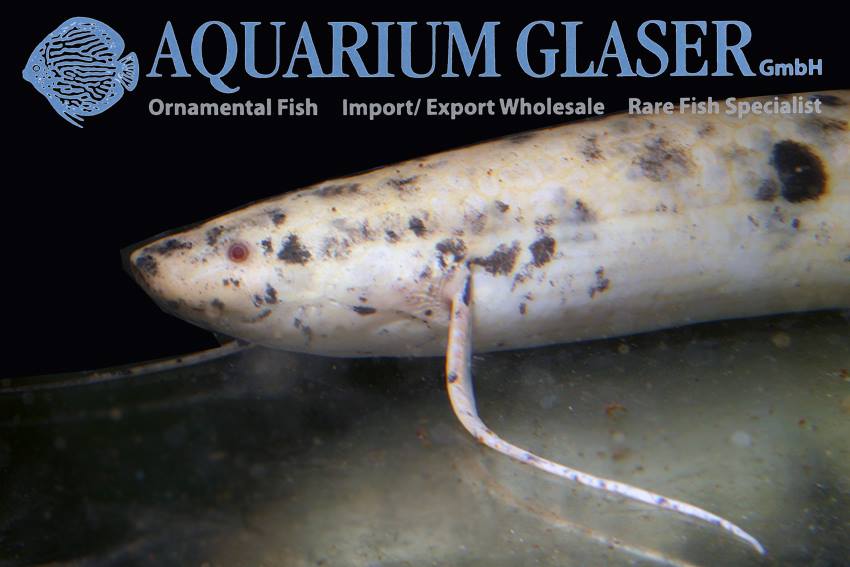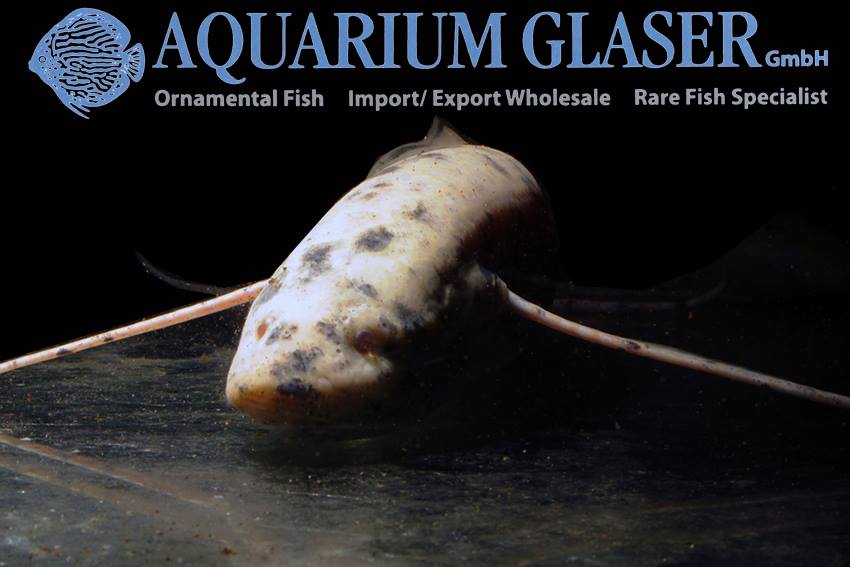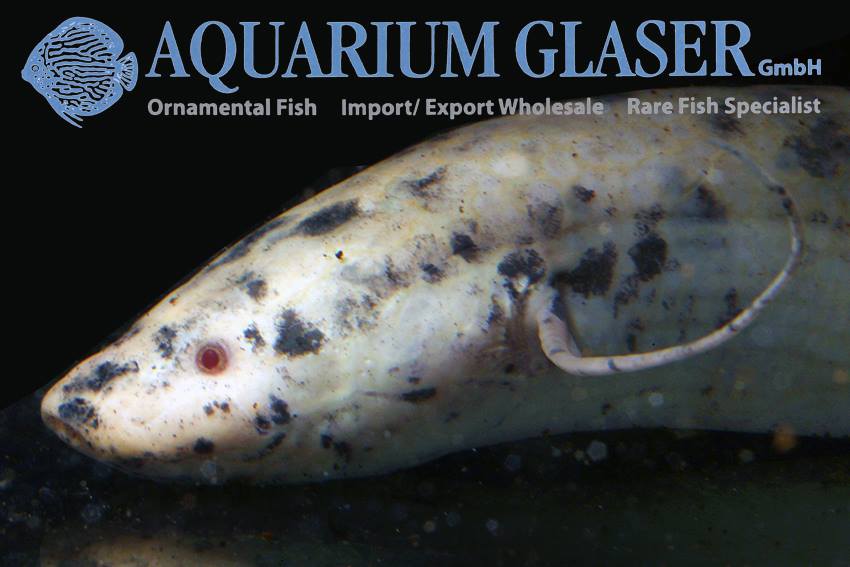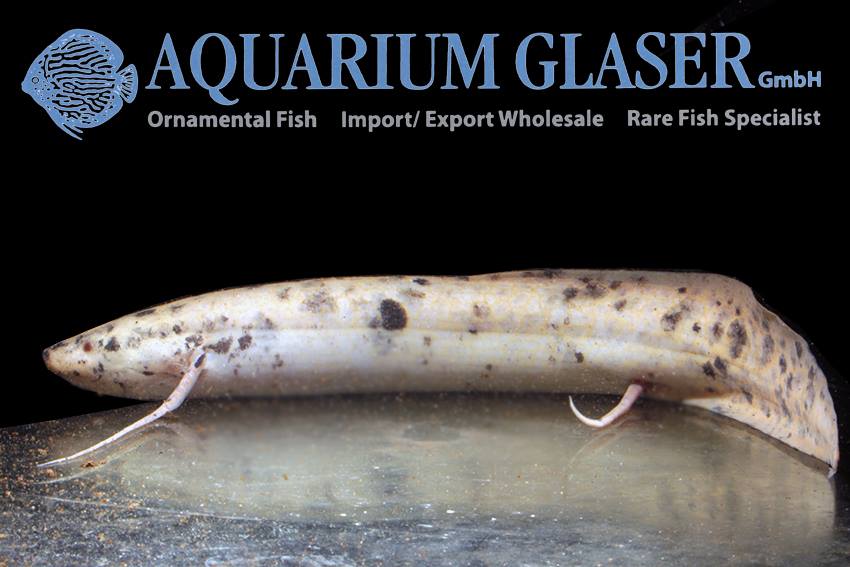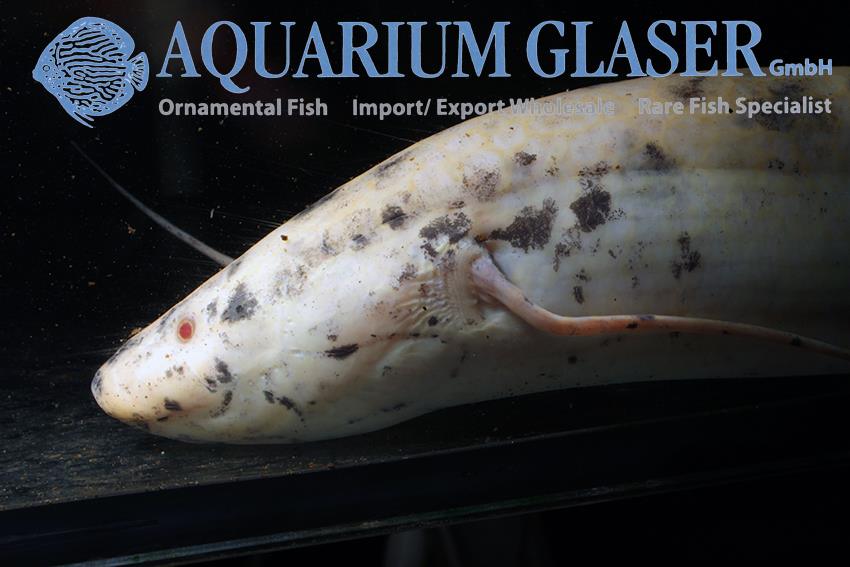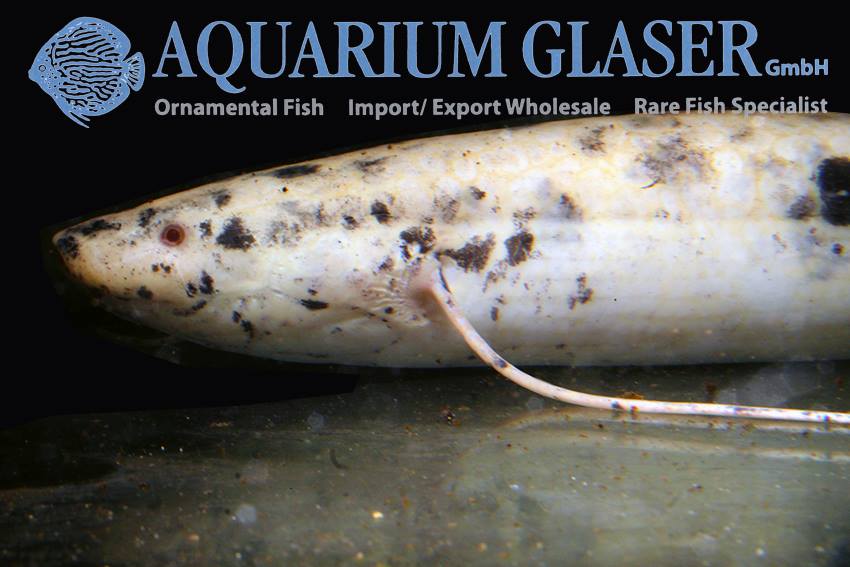
As each month we present the most popular fish imports sponsored by Aquarium Glaser!
Nothobranchius eggersi
We received another two gems that belong to a magnificent genus, eg varieties of N. eggersi. N. eggersi “Blue” was collected at Ukuni, wheras N. eggersi “Red” has the collection code TSTS 2010/13. Both are gorgeous fish. Available in very limited numbers only!
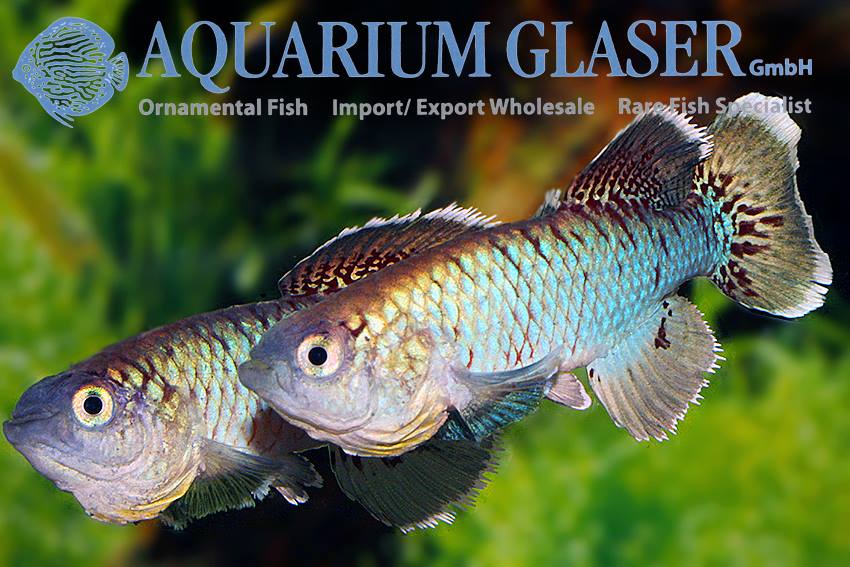
Hyphessobrycon sp. Red-Blue Peru Tetra
This tetra, which attains a maximum length of about 4-5 cm, is without any doubts one of the most attractive members of the tetra family. The species has been described scientifically recently under the name of Hyphessobrycon margitae. It originates from Peru, according to the exporters from the Loreto region, Rio Nanay basin. Regarding the behaviour it shows a lot of similarities to the Purple emperor tetra (Inpaichthys kerri). Sometimes H. margitae is confused with Hyphessobrycon nigricinctus, the Peruvian emperor tetra, which has, however, a much narrower lateral band.
The Red-Blue Peru-Tetra is a peaceful animal that can be kept in any community tank with other peaceful fish. We can currently offer fully grown wild collected specimens, but we also have often German bred specimins in stock.
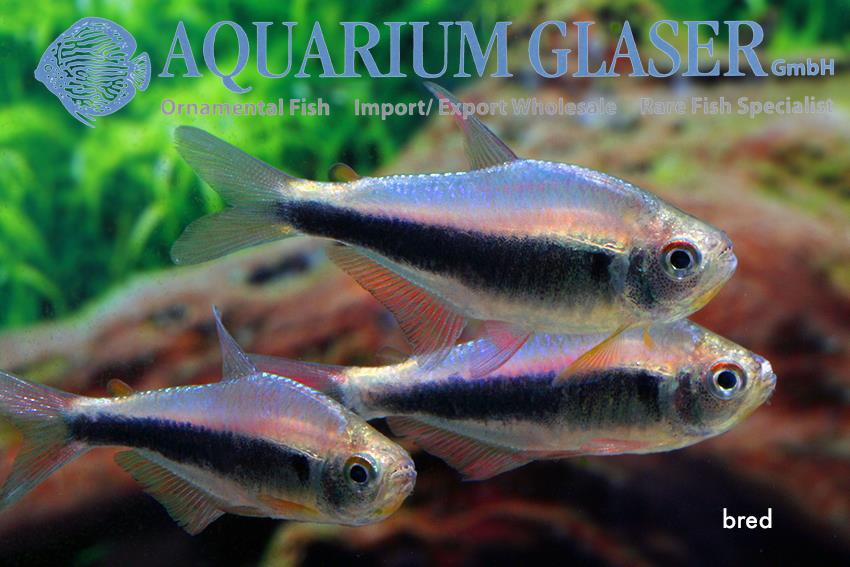
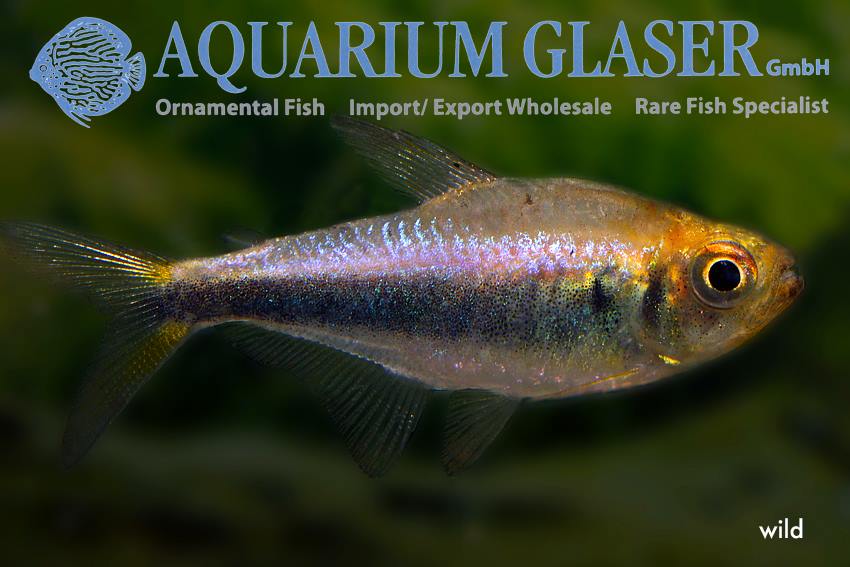
Acestridium dichromum arrived!
We received the very rare dwarf suckermouth catfish Acestridium dichromum from Venezuela. The species attains a length of 5-6 cm only. The species could be called “chameleon dwarf sucker cat”, for it becomes bright green when sitting on plant leaves, but changes colour to brown within a few days when only roots and stones are available.
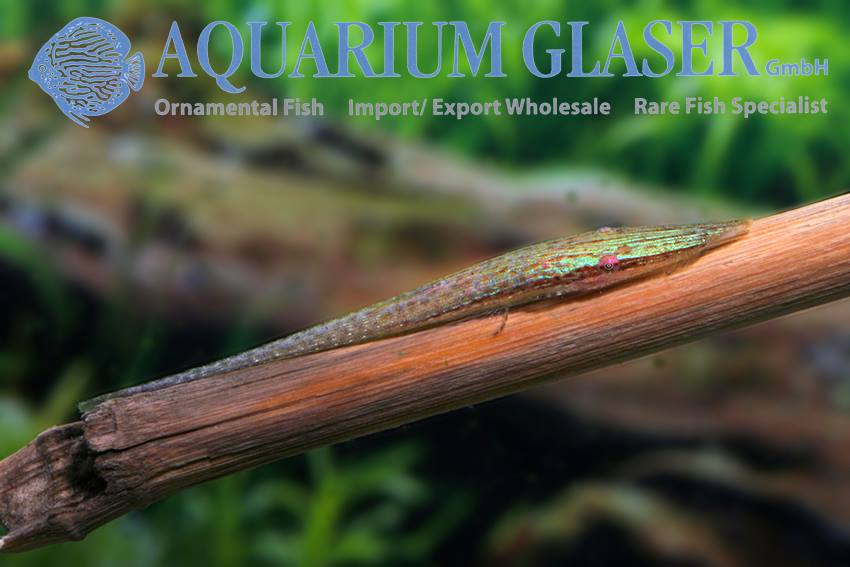
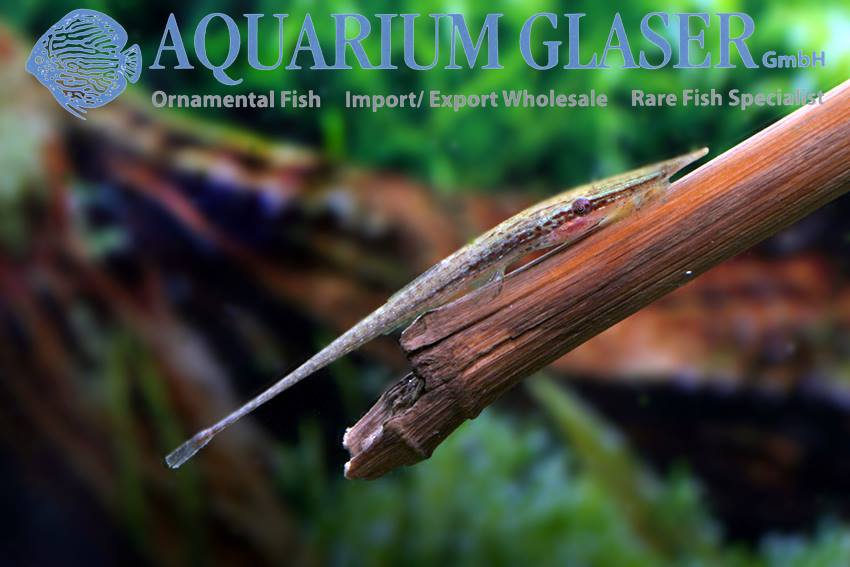
Chromaphyosemion bitaeniatum LAGOS
This beautiful killi is only very occasionally available as German bred. Currently we have some of these bred ones in stock. They are descendants from the population from Lagos (Nigeria). Our fish are large, full in colour and very pretty. This species is suitable for community tanks with peaceful, small fish (barbs, tetras, catfish etc.).
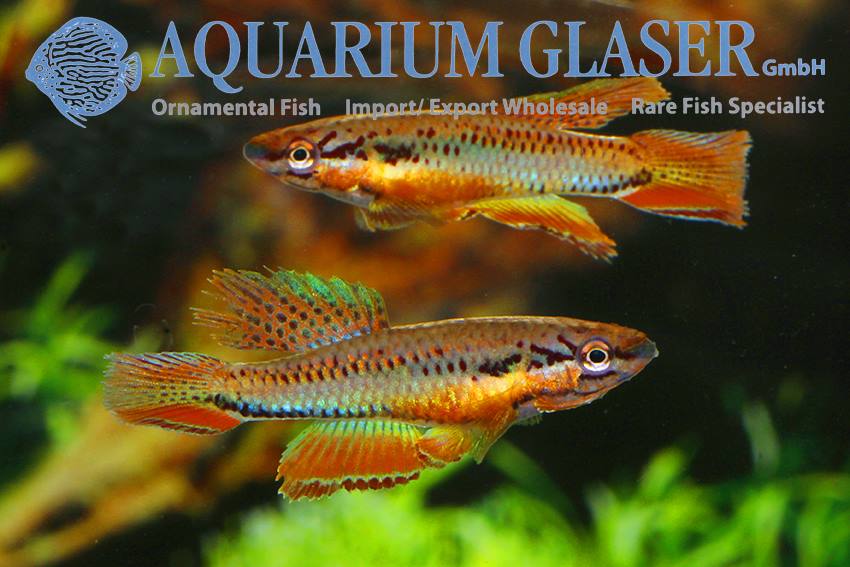
Hypostomus luteus arrived!
The most beautiful of all plecos, Hypostomus luteus from Paraguay, arrived. Only fully grown specimens display the fantastic, reddish-yellow coloration, whereas young fish are black with light spots. All specimens are 35-40 cm long.
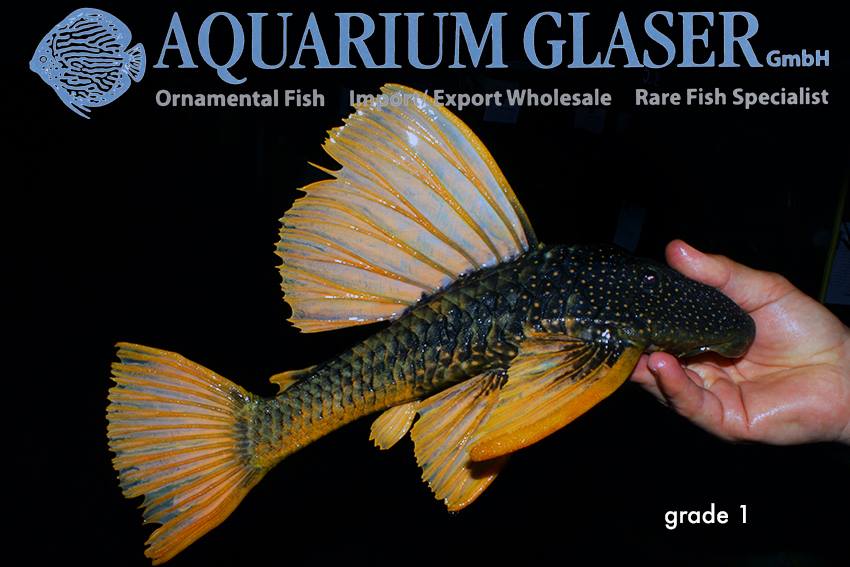
Brachygobius sabanus Thailand
We received this pretty species of bumblebee goby from Thailand. The determination of bumblebee gobies often proofes to be quite tricky; usually a big questionmark has to be set behind the names. Brachybobius sabanus has been described initially from Borneo (Sabah), our fish have been collected in Thailand. But the illustration accompanying the original description of B. sabanus fits very good for our specimens.
B. sabanus attains a maximum length of about 2.5 cm. The coloration differs a lot individually. The species inhabits pure freshwater habitats. We were very glad to observe a spawning in our facility. But we thought the eggs would suffer from fungus quite fast. When the male was defending the whitish eggs still for days we took a closer look and discovered that the eyes of the #offspring were already visible in the eggs. In fact it was the white yolk sack, not fungus that made the eggs look white! Sadly the larvae hatched on weekend in the night when no one was in our fishhouse. But we think an experienced hobbyist should be able to raise Brachygobius sabanus without problems.
Protopterus sp. Marble Albino
We received this extreme rare mutant of a lungfish (most probably Protopterus annectens brieni) from the Congo. The red eye clearly indicates the albino. The body is not completely white, but has dark spots. Only one under millions of specimens bears this mutation in its genes. The most astonishing fact is that the fish was able to grow to its actual size, eg 40-50 cm, in the wild! This also clearly shows that such a mutant can compete very well with regular colored conspecifics.
Anzeige






